A Guide to Simple House Plans

Home-ownership is a dream of many, old and young. Little children play house with dolls and friends. Young adults work to secure a job and live in a modest home. Even older generations yearn to retire where they would feel most comfortable, whether that be in a simple Floridian home or perched on the deck of a cruise boat.
However, sometimes when we dream, we tend to forget about the more grounded details that go into making a home. For example, will you be buying a home or building it? If it’s the latter, then you might be looking for some basic home plans to get you started. When you factor in the cost to build a home or house, it doesn’t hurt to be economical. Check out this guide on simple home plans.
Common Features of Simple House Plans
Building a home is not an easy task. Considerations like land development, construction teams, materials and architecture all play a part in your final project. That’s why potential home builders make sure to pay attention to the curbside attraction of a simple house plan. A simple home is both affordable and cleverly made. In spite of all the extra planning, with the right guidance, you too can have a simple home.
1. Intentional Location
Lot placement should be your first thought when building a home. Land development is a key component in the overall cost and structural organization of your home. Sometimes the decisions involved with lot size and home placement are out of your hands. However, it’s still worthwhile to be creative when it comes to building. A zero-lot-line is a method in which the house is placed directly on the property line instead of in the center of a designated land area to allow more yard space. You also have the option of building up — as opposed to out — if you need to.
2. Flexible Layouts
Wanting easy-to-build house plans is not equivalent to wanting a basic house plan. Just like the other simple homes on the block, you want your home to attract spectators. You want your home to be marketable. One way to do this is by giving your home flexibility, which you can do several ways. You want to plan ahead for any needs that may arise in years to come. Even a simple house floor plan can include an extra bath, bedroom or a separate room for storage or office space.
3. Innovative Design Plans
There are more specific ways that the layout of a home can make for a more efficient and overall more economical house plan. For one, in your kitchen, consider using a pantry door to achieve greater access to kitchen items rather than an abundance of cabinets. Open shelving should achieve the same effect. Leaving out the walls between the kitchen and living areas is another useful tactic. In the bathroom, a shower stall versus a tub or a half-bath where applicable will optimize space.

Reducing the number of windows can be cost-effective. But it’s also important to place the windows you do have strategically to get adequate light. Arrange your furniture accordingly. As an example, pushing your bed up against a window will reduce the available natural light.
4. Intelligent Building Techniques
Many builders are using more innovative building materials in place of conventional tools. Initial costs may be higher than the alternative, but you save over time. Frost-Protected Shallow Foundations (FPSFs) provide one illustration of this. Originating in Scandinavia, they drastically reduce house plan costs compared to traditional foundations. Rather than installing footings 4 feet deep under the frost line, builders simply need to insulate the perimeter of the ground around the house with foam insulation sufficient enough to permanently raise the frost line. This way, footing only has to be 16 inches deep. FPSFs are just one of many ingenious approaches for building simple homes.
5. Ready-Made Home Plans
Manufactured or factory housing refers to prefabricated homes that can be assembled in factories and shipped to a given location. These usually involve inexpensive house plans. Without the need for site-built housing, builders can easily create simple floor plans of one-bedroom, two-bedroom and even four-bedrooms homes. However, many people are wary of pre-made construction units. An alternative might be to look into companies such as Family Home Plans that provide house plans you can tailor to your preference. Then, you can work with a contractor who will help you bring your house plans to fruition.
4 Benefits to Simple House Plans

Simple house plans are not only reserved for prospective home builders who want a smooth and uncomplicated building process. There are many reasons why investing in a simple house plan can be beneficial in the long run. From ease of access to sustainability, here are some benefits of a simple house plan.
1. Accessibility
With an aging population combined with a diverse range of people, it’s imperative that homes are marketable and attentive to the needs of people who may be physically impaired. Simple homes often use open floor plans. One advantage of this is that your house feels spacious and large. Removing unnecessary doors in favor of more manageable entryways results in more open space for you to enjoy.
Because of this feature, the public spaces of the home come together organically. These public spaces, like the kitchen, dining room and living room, offer the essentials a household member might need in a typical day. By this design, they are much more accessible to reach. Some other mentioned features are similarly accomodating. Pantries are easier to access than cabinets and shower stalls that include benches and handlebars require less effort to use than a bathtub.
2. Durability
Many builders tend to think that durability and affordability cannot intersect when it comes to a simple house plan. This is not the case. In fact, if you approach the matter appropriately, durability can be another advantage of a simple home. We’ve already established some useful features related to a simple home’s durability. Using the aforementioned intelligent building techniques will lead to an overall more durable home.
Plumbing is also a significant factor in durability. Paying attention to the lot space, like we’ve recommended, is crucial to avoiding poor drainage. In addition, simple homes frequently have flat roofs, which can contribute positively to the structural integrity of a home.
3. Energy-Efficient
Simple homes thrive on eliminating unnecessary open space. In site planning, we figured that we could create more yard space by being imaginative with our house placement. The optimal way to do this is with a simple house plan where squares and rectangles provide the primary living space. Think garage and house placed side by side on a horizontal line or perhaps house then garage placed vertically. Either way, these arrangements reduce a home’s footprint on the land. Plus, ventilation and cooling will be much more efficient from room to room.
Generally, less is more when you need both an energy-efficient and simple home. For instance, another common feature of simple homes is a reduced number of windows built into the infrastructure. Since windows drive heat gain in the summer and heat loss in winter, you can save energy through this configuration. Fewer windows and resourceful cooling mitigates this problem significantly.
4. Saving Potential
You’re probably not surprised that a simple house favors your wallet. Inexpensive home plans lay the groundwork for most simple homes. With every year, housing costs increase. This is the consequence of inflated values for land, materials and the expectations of other home buyers. Fortunately, these stumbling blocks can be curtailed with an affordable house plan and some inventive building strategies. Energy savings are the most obvious to discern. But using unconventional development tools will save capital in the future. The same applies for adaptable housing plans and a durable infrastructure.
3 Example Simple House Plans
There is no one plan that qualifies as a simple house plan. As with most things, you have many options. Keep in mind what you know about economical home plans and stick to that model. The following plans could fit your preferences.
1. Compact Square
The geometry of this plan is a great example of building up, not out. Visualize a compact square composed of two stories. On one side of the first floor is the living room, with a slight sliver of the area dedicated to a half bath. The other half of the square is divided evenly amongst the dining room and kitchen.
This plan features open entryways so that the living room, kitchen, and dining room are all visible from each other room, absent of doors. Naturally, there is just enough space for a staircase leading to the second floor. On the top floor, you have all the bedrooms of the household. The master suite and its bathroom take up half of the square. The second bedroom and its bath take up the other half.
2. Horizontal Rectangle
From the outside, this house may look similar to a shotgun house. Shotgun homes are narrow and rectangular with each room right behind the other. There is a door at either end of the house. A rectangular-shaped house does not have to be as straightforward as a shotgun house. However, the shape in itself is advantageous for many of the reasons we discussed earlier. With a garage whose length is roughly the same size as the width of the house, you can place it on either the right side or the left side of the house itself.
Of course, the arrangement of the home can vary. For example, half the space of the house can be occupied by bedrooms. For a three-bedroom household, you can have two bedrooms of equal size, side by side. Illustrated under one of these bedrooms, on the same half of the house you will have room for a master bedroom. Across the hall from one bedroom is a bathroom, and right below that is the master bath, which adjoins with the master bedroom.
The other half of the house contains the living room adjacent to the master bedroom and bath. To the front of the living room opposite the other bedrooms is the kitchen and dining space with open entry to the backyard. The kitchen space can include a washer and dryer hookup and a pantry.
3. Vertical Rectangle

Vertical rectangle plans plainly mirror a simple home plan that uses a horizontal rectangle as a base. For example, the rectangle can be divided into thirds. The first third is a living room space. Directly adjoined — without the need of a door — are the dining room and kitchen in the second third of this shape. And the last third contains the master suite.
A plan of this kind can be versatile. As a single-level home, there’s not much need for extra space. But if you need more space for your family, you can add a second floor. This second-floor can feature two bedrooms and a bath right above the dining room and kitchen.
Simple House Plans FAQ
1. What Are the Features of Simple House Plans?
As discussed above, the design of simple house plans vary greatly from one plan to the other. The idea is to build economically, and this goal can be attained through different means. What’s most important is that your plan doesn’t include anything superfluous like a dozen windows or unnecessary framing.
2. How Long Does It Take to Build a Simple House From Start to Finish?
Simple homes are generally easier to build, hence the appeal. However, we can’t say exactly how long it takes to build a simple house. Timing depends on many factors, including your contractor, construction team and when you get your permits approved. Expect to wait about a year at the longest, but it might not take that long at all.
3. What Are Ways to Save Money When Building a House?
A simple house plan is one way to save money when building a house. The costs of building a simple home are lower than that of a more complex plan. Additionally, you can consider numerous things to be budget-friendly. For example, making sure your home is energy-efficient will help you save on utility bills and building a home that’s durable at the start will prevent hefty repair costs later.
4. What Costs the Most When Building a House?
The foundation and framing of a home normally are the largest costs in building a home. An open floor plan reduces framing, and the Frost-Protected Shallow Foundations we talked about earlier are estimated to save you thousands of dollars.
Shop Simple House Plans
Building a home can be an overwhelming task for many. Make it easier with predesigned blueprints for a simple house. Family Home Plans provides home and garage plans for people like you who want to build their dream home. We’ve partnered with over 150 house plan designers, and we categorize our plans based on factors like architectural style and number of bedrooms, so it’s easy to find what you need for your family. Have a look and start building!


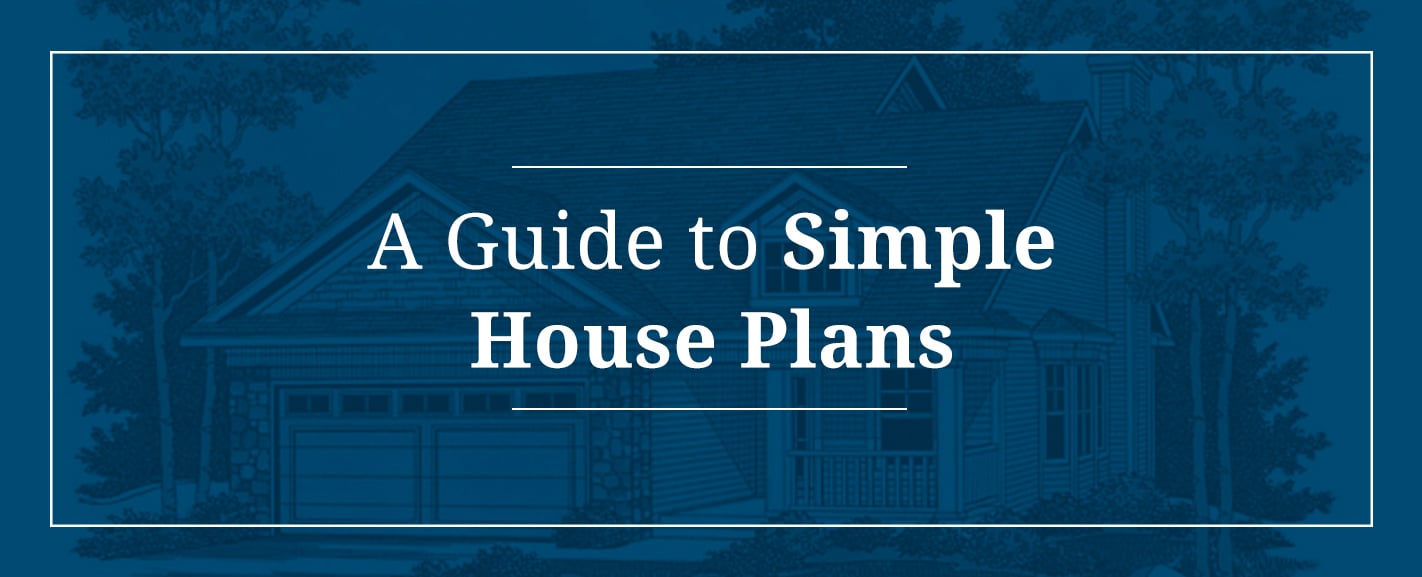
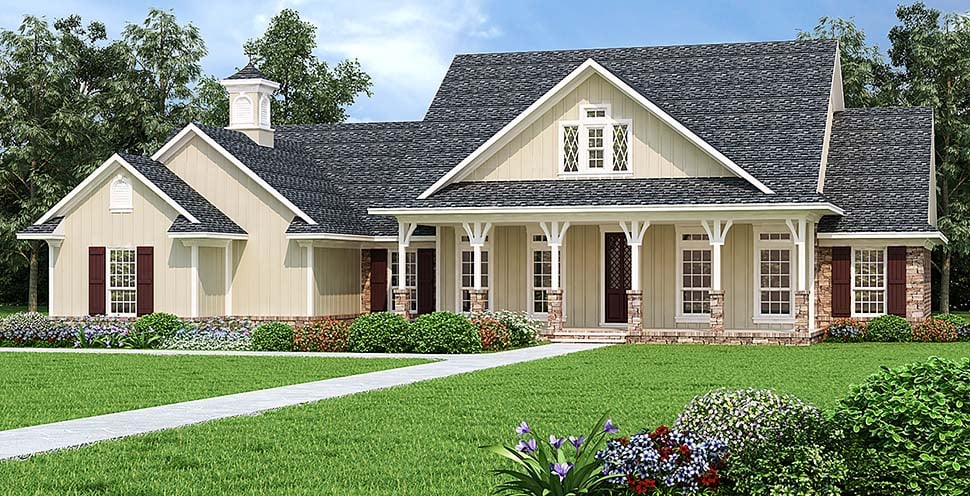
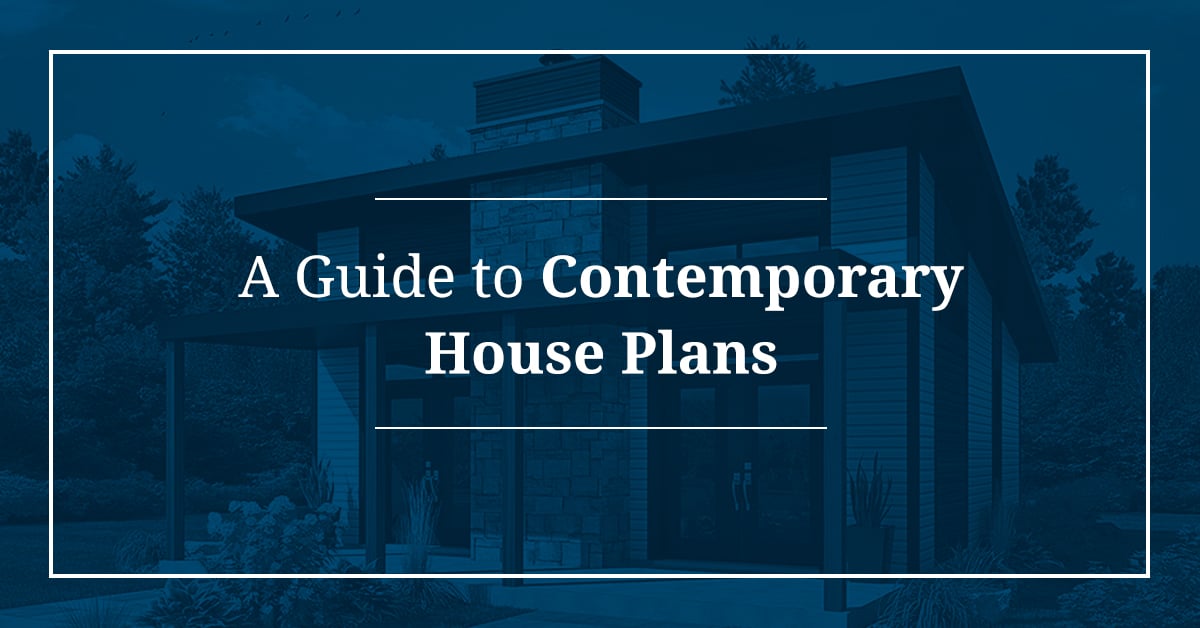
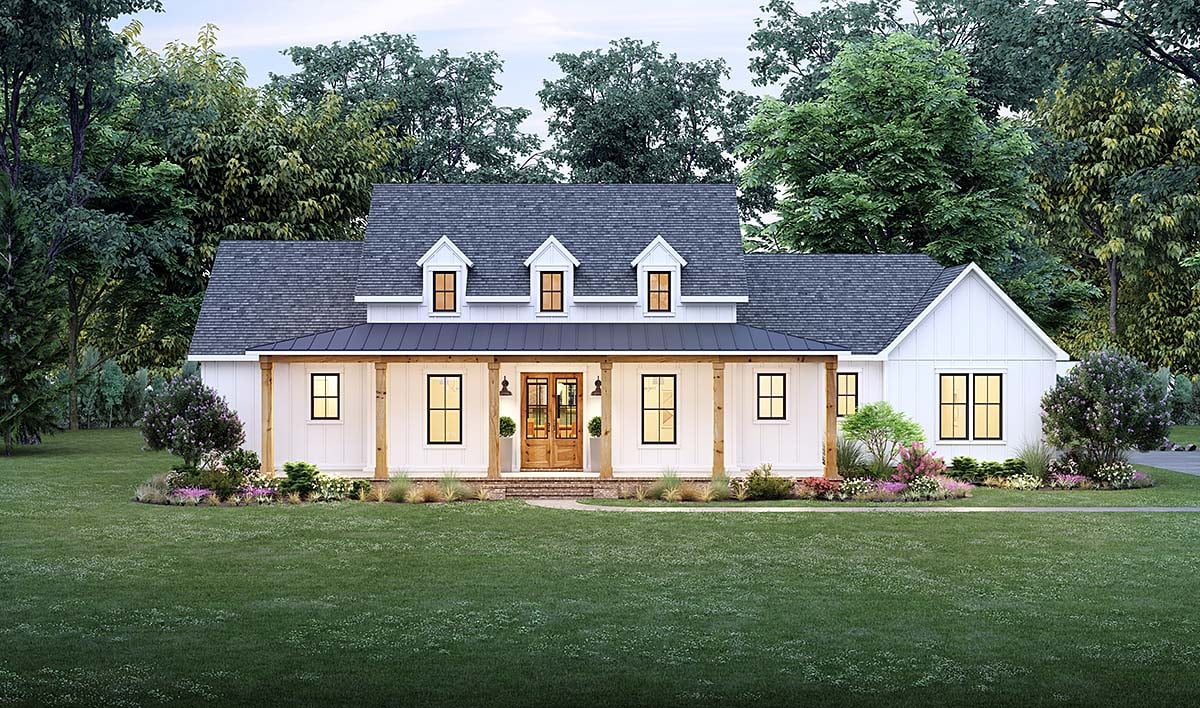
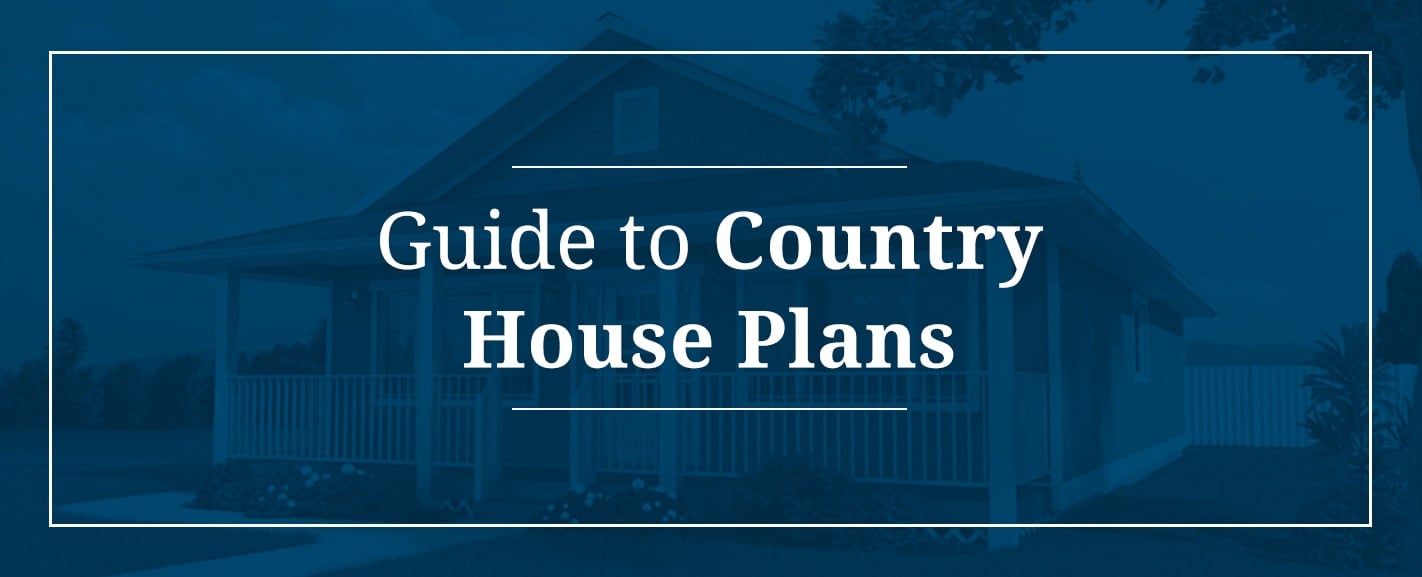
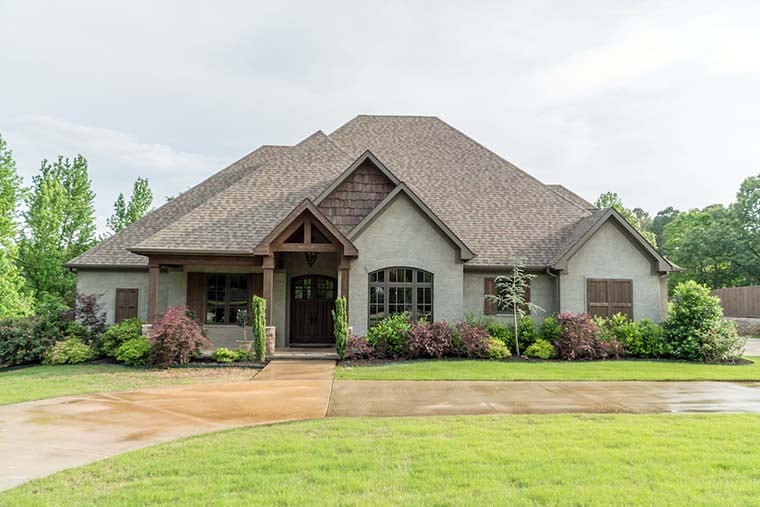
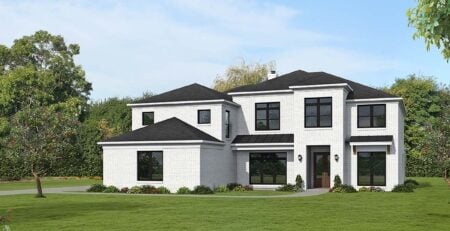


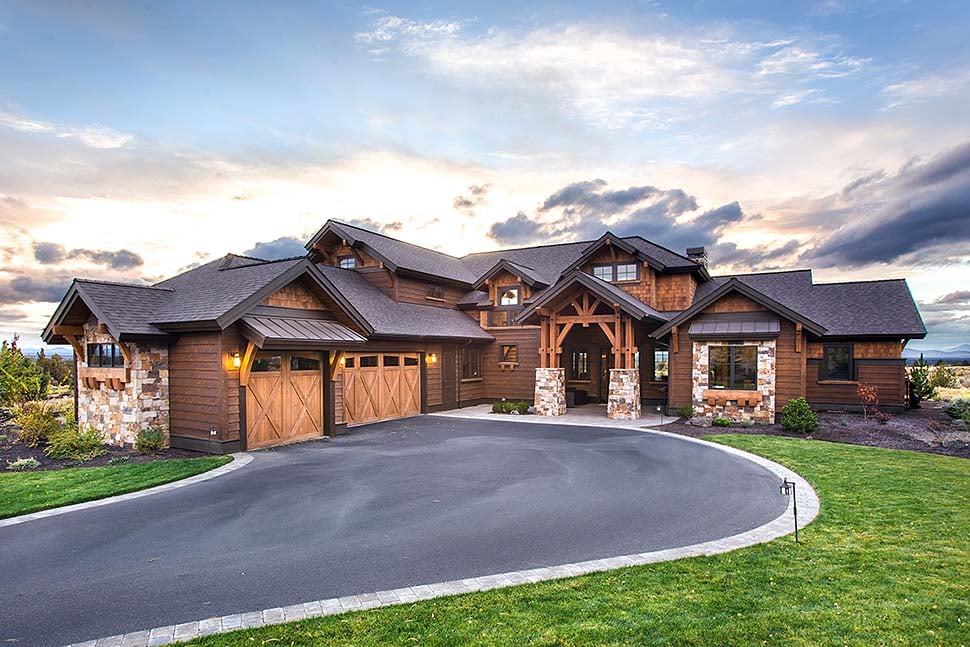

Leave a Reply